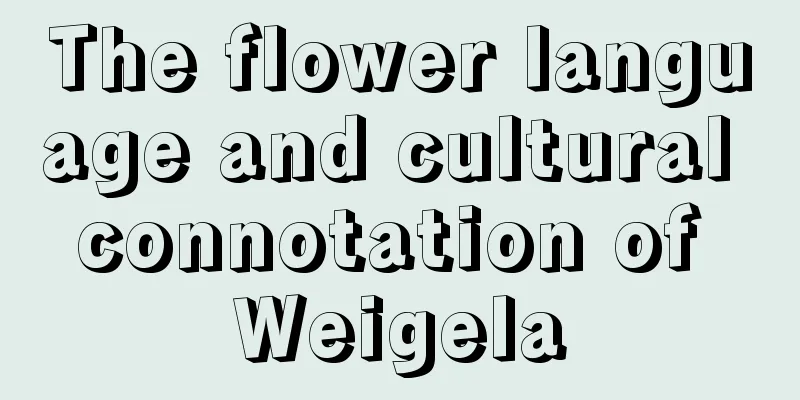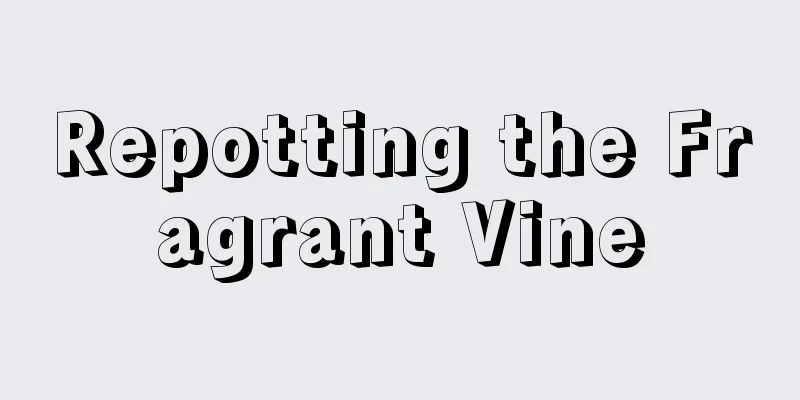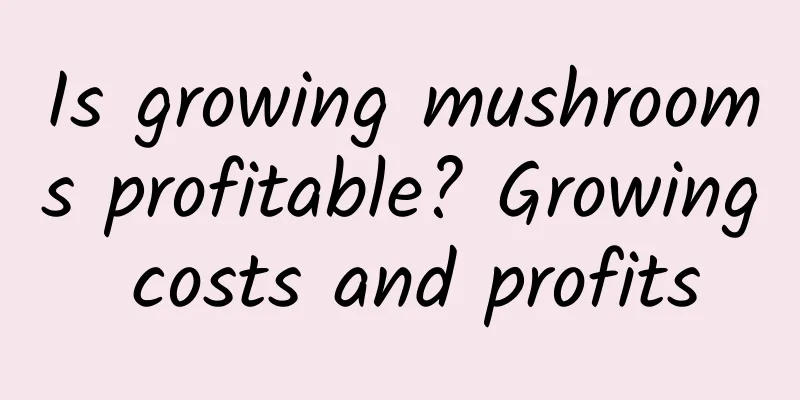The flower language and cultural connotation of Weigela

Weigela flower languageThe flower language of Weigela is a bright future, splendor and beauty, and dazzling like summer flowers. The branches of the Weigela are brilliant and shaped like a brocade ribbon. In our country, there is an idiom: a bright future. A promising future is generally used to describe a bright future like brocade. It is a word of blessing, implying that the road to a bright future is like a brocade belt full of flowers, full of fragrance and poetry. It is also talking about the beauty of life. When you want to express your blessings to others, a sprig of hydrangea is worth a thousand words. The flowers of Weigela are gorgeous and colorful, with numerous and gorgeous flowers, and have stunning beauty, representing splendor and beauty. Weigela flowers usually bloom when spring flowers have withered and summer flowers have not yet bloomed, representing a person's endless vitality and symbolizing vigorous and upward power. Cultural Connotation of WeigelaThe origin of Weigela is in China. In this land of China with rich history and culture, the hydrangea has won people's admiration for its dazzling appearance. In the hands of literati and poets, the beauty of hydrangea is full of poetic and picturesque beauty. Yang Wanli of the Song Dynasty once wrote a poem: The goddess weaves dew on her loom with the wind-blown shuttle, and the red magnolia branches hang on the green silk ground. How can she ever hold back the feet of spring? She can only relieve the resentment on the brows of the long-term guests, and the fragrance of the small trees can also inspire poems. This also implies that in the eyes of the literati at that time, the brocade belt was like a heavenly object, which could relieve people's worries and broaden their minds. Fan Chengda once wrote a poem: A gust of wind comes, and the dancing clothes flutter. It also describes the beauty of the hydrangea from the side. Wang Yu also has a poem: When was it transplanted to a monk's home, a cluster of soft branches adorned with colorful clouds. It describes the long and soft branches of the weigela and the clusters of flowers. These great poets give this beautiful flower a different cultural charm. Not only is it beautiful, it also has connotation. |
>>: Flowers represented by the four beauties
Recommend
How to make bonsai of red flower
Steps for making red flower bonsai Preliminary pr...
Yew efficacy, yew price
1. What are the effects 1. Inhibit cancer: The gr...
What is the best month to plant ginseng?
When is ginseng planted? Ginseng does not have hi...
How to make the osmanthus truncatum bloom and grow thick leaves
1. Loose soil The catnip prefers loose, fertile, ...
How to keep seeds of Solanum nigrum and how to collect seeds
How to keep seeds of Solanum nigrum Solanum nigru...
How to grow mint flowers? Can they be placed in the bedroom?
1. Maintenance methods 1. Watering: When growing ...
Does Jasmine like the sun or the shade and is afraid of the sun?
Does Jasmine multiflora prefer shade or sun? Jasm...
How to plant potted chicken feather vegetables and precautions for balcony chicken feather vegetables at home
If you want to grow potted chicken feather vegeta...
How often should I water my ping pong chrysanthemum? How many days should I water it?
How often should I water my ping pong chrysanthem...
What green plants are the most prosperous in the living room?
1. Fortune Tree The money tree is a green plant w...
What to do if the leaves of gardenia turn yellow and have spots
1. Proper lighting Reason: Gardenia is a sun-lovi...
The difference between the fortune tree and the lucky tree
Family This is the most essential difference betw...
When is the best time to plant asparagus?
Asparagus planting time Asparagus is a plant of t...
How to grow more and bigger tomatoes on the balcony (how to grow dwarf tomatoes on the balcony)
The most popular vegetables to grow on the balcon...
What to do if the leaves of succulent plants become soft
Frostbite Slight frostbite: leaves become hydrate...









